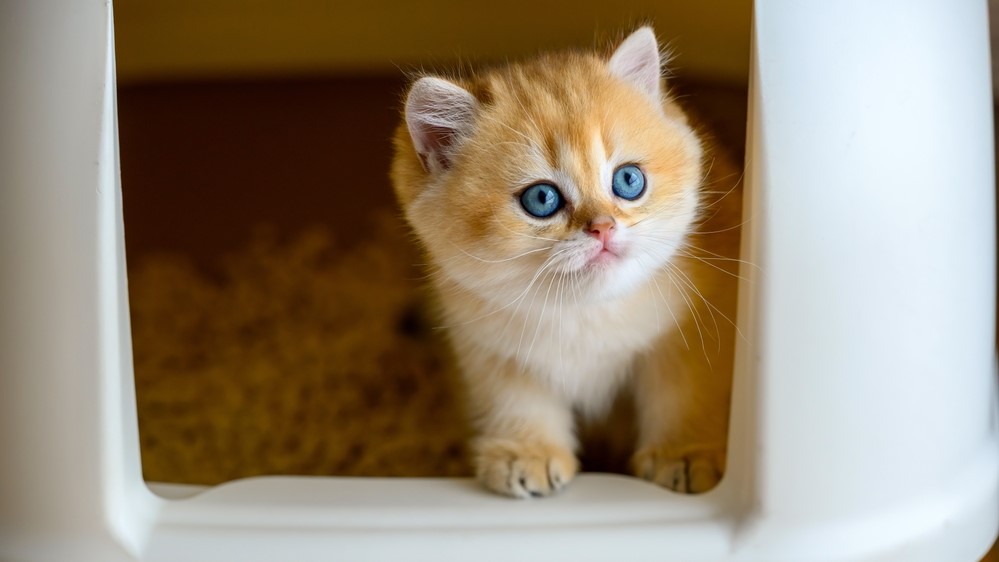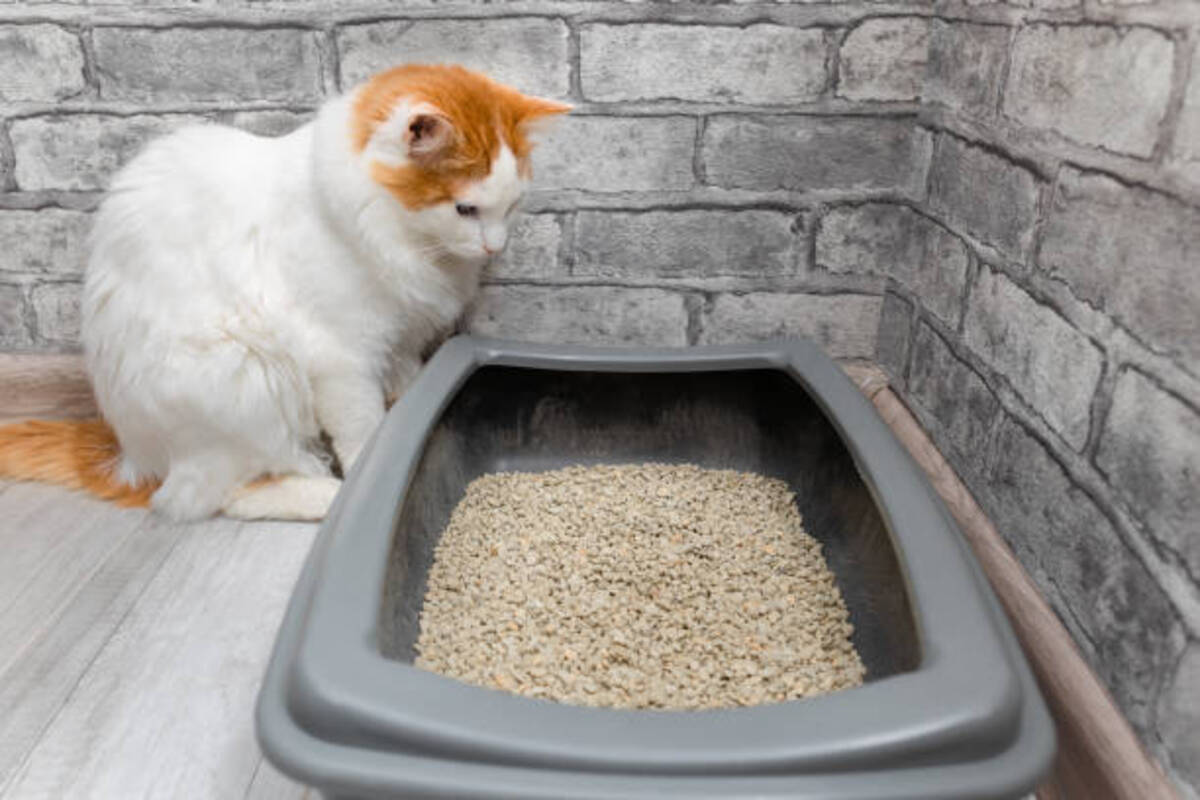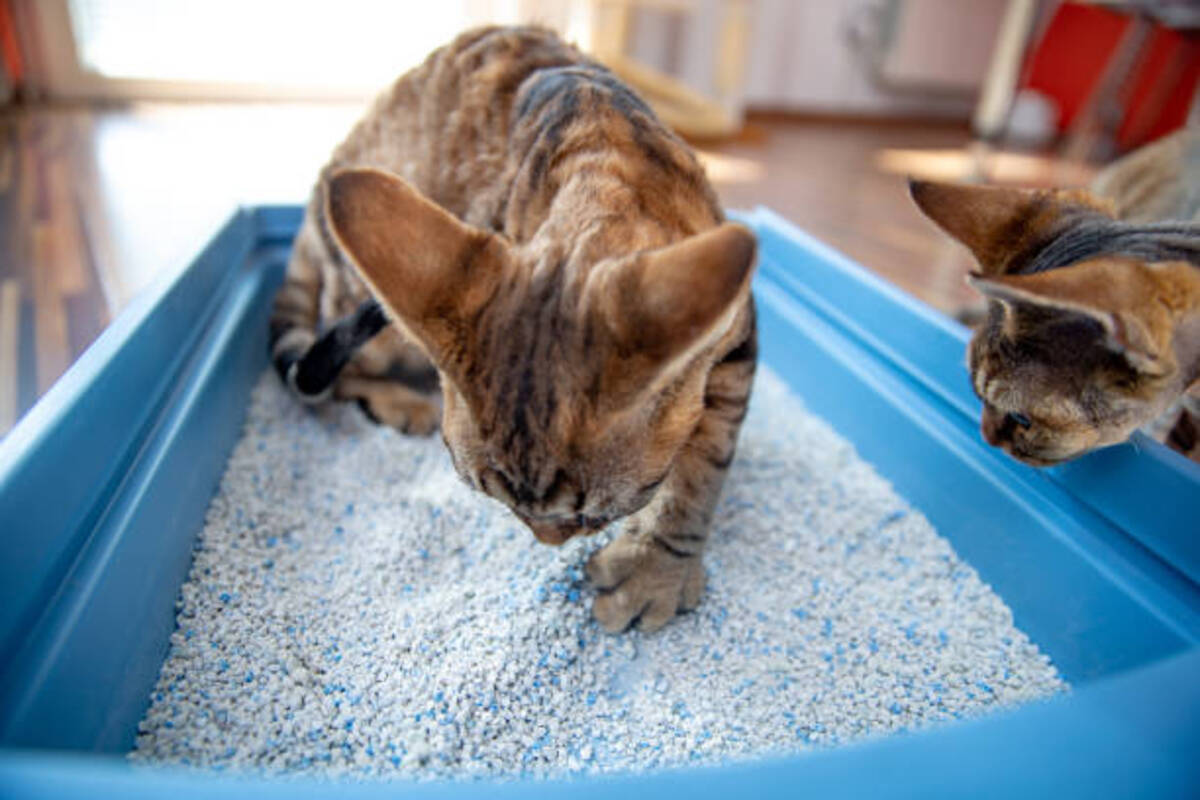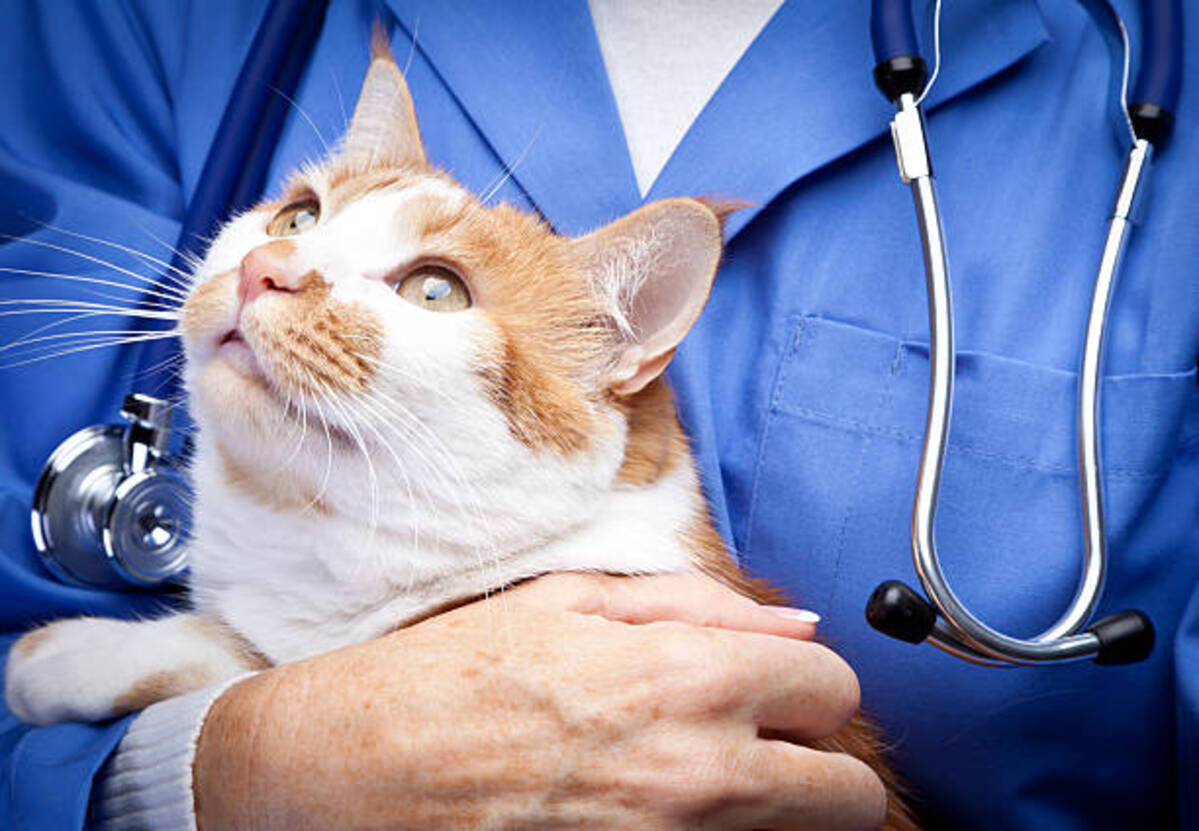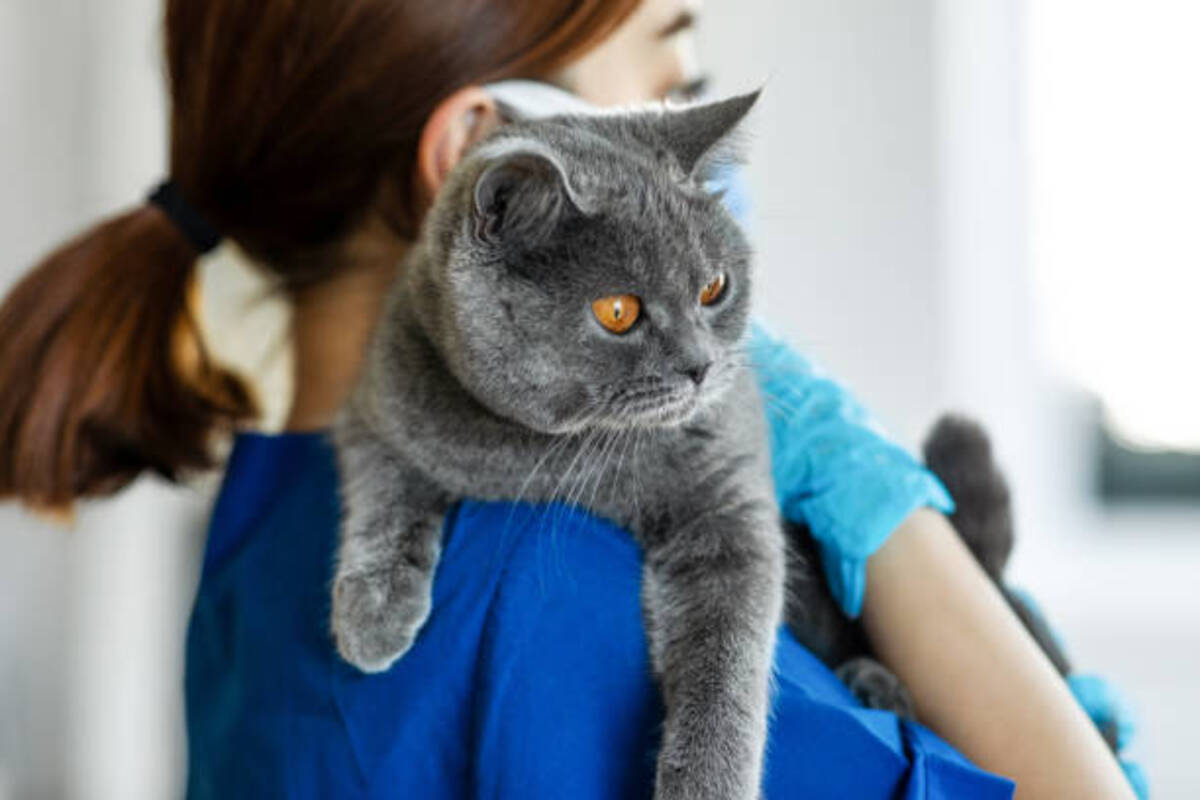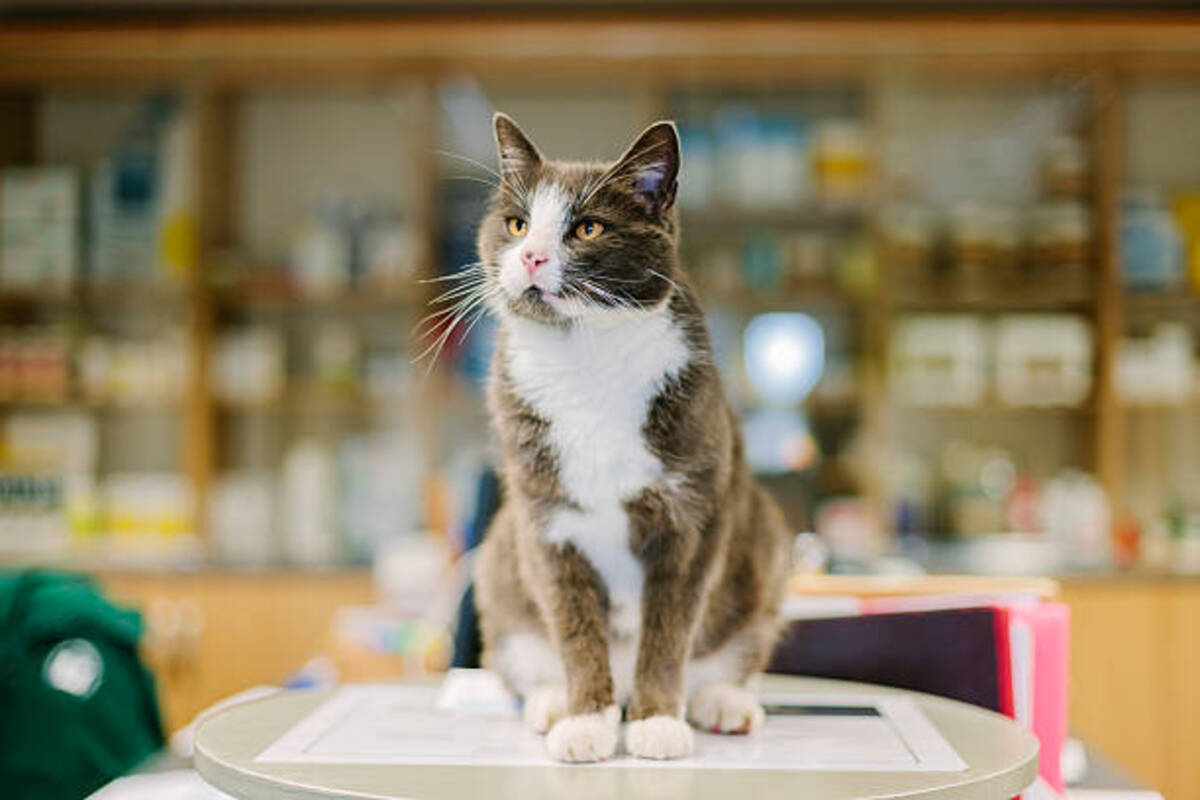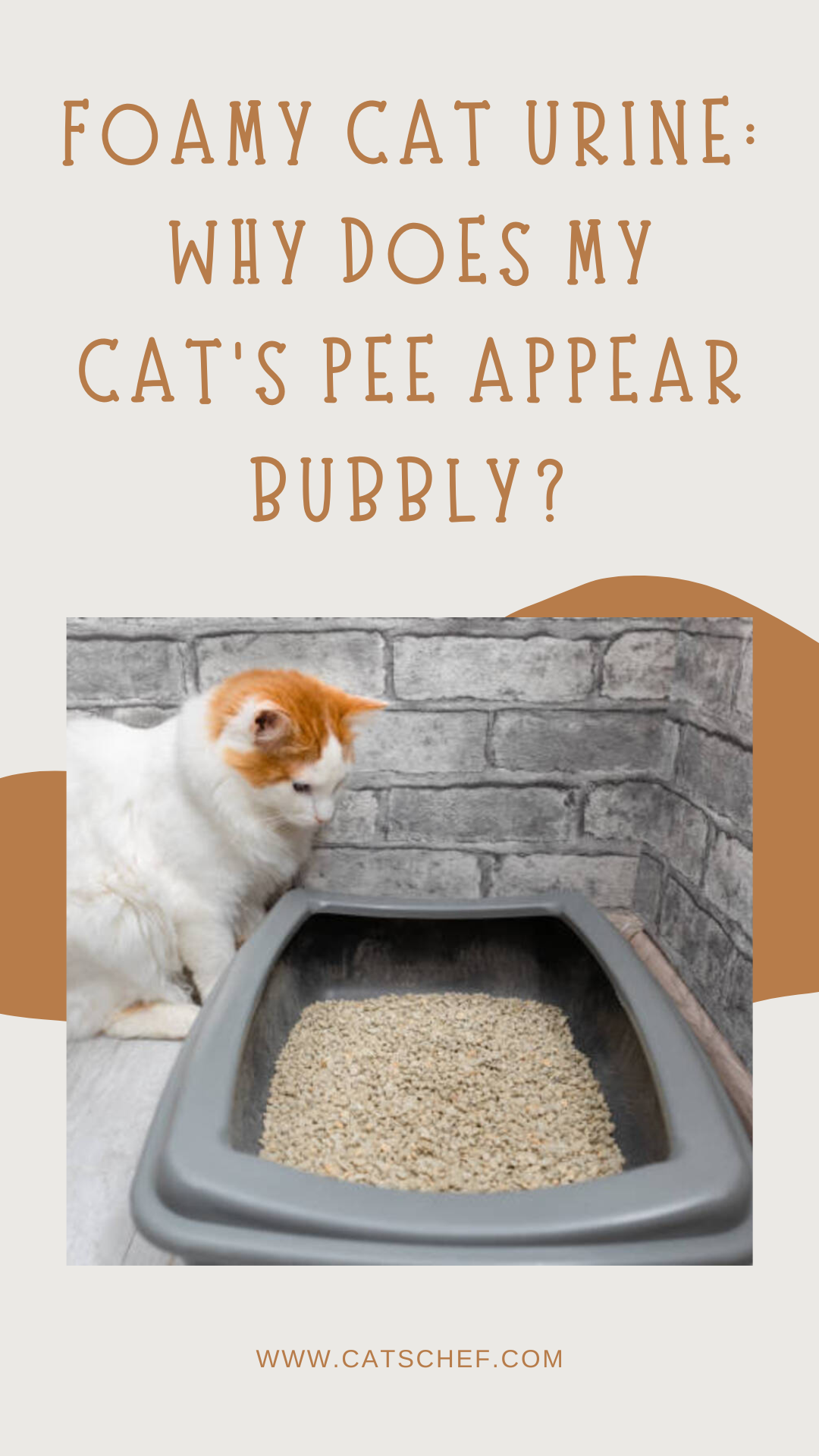📖 Table of Content:
“Foamy cat urine is a thing?!”
Cats are known to be odd when they’re going through a tough time, whether they’re depressed over something, hungry because you refused to offer them a second serving of Meow Mix, or under the weather.
Because cats are secretive when they’re not OK, you might not even notice that your feline friend’s experiencing a health problem.
Before you deem her “purrfectly healthy,” you might want to observe her behavior, notice the different cues she gives off when she’s happy, sad, or frustrated, and throw a glance at her litterbox every now and then. Sure, that might sound strange.
But, by the time you notice something’s wrong, there’s a chance you might be too late. Monitoring your cat’s pee and poop seems to be one of the best ways of staying on top of your cat’s health. Maybe she’s peeing too often. Perhaps her urine’s not the right color.
Whatever the case might be, you can uncover a myriad of health niggles by paying attention to the volume, color, and odor of your cat’s urine.
Why are cats like that, though? Wild cats are known to stay silent, go “undercover” and pretend that nothing’s wrong when they’re hurt or unwell to avoid attracting the attention of predators. Not-so-wild cats are the same, even though vacuum cleaners, blow dryers, and trash bags aren’t going to attack them.
What do you need to search for when you sneak a peep at your cat’s litterbox, though? Before we tackle foamy cat urine, we need to brush over some of the other symptoms you might be alarmed by. Read more down below!
Cat urine 101: When do you need to schedule an appointment with the vet?
When you observe your cat’s litterbox after she’s done doing her business, you might notice that her pee appears frothy or foamy. What does that mean? Does that mean you need to take her to the vet? Does that mean she might have taken a lick or two of your laundry detergent?
Now, your cat’s pee communicates whether or not she’s healthy. Healthy cats, for example, pee two to four times a day.
A healthy cat’s pee appears yellow and transparent, with pet parents typically describing the hue as “golden” or “straw-colored.” It shouldn’t be cloudy, spotty, opaque, foamy, or a color other than a shade of yellow.
Different types of cat urine suggest different conditions. Cloudy cat urine might mean that she’s oozing some sort of secretion which might mean there’s a problem somewhere in the upper or lower urinary tract. Spotty cat urine, on the other hand, might mean that she’s bleeding or spotting which tends to be a reaction to cystitis or feline lower urinary tract disorder.
Not to mention that the scent of your cat’s urine might communicate something’s off, too – whether she’s stinking up the apartment more than before or sniffing the litterbox after she’s done, she might be dealing with a bladder infection or cystitis that’s spawning a pungent odor.
What does foamy cat urine mean?
Before you freak out and start saying goodbye to your furry friend, know that foamy urine doesn’t have to mean something serious, dangerous, or life-threatening.
When you take notice of your cat’s peculiar pee, try to remember whether she’s gone through something that might have triggered a physical response. More often than not, cats showcase physical symptoms when they’re stressed out, overwhelmed, and anxious.
Maybe she moved apartments and stopped hanging out with her friends. Perhaps she stopped eating from the same food bowl or sleeping in the same bed. Whatever the case might be, cats are known to get triggered by the most mundane things.
Moreover, foamy urine can be caused by a change in her diet, too.
Whether you’ve changed the brand of cat food you feed her, started experimenting with human foods, or urged her to drink more water or eat wet food, you might have caused her pee to foam up a bit. Given that foamy urine’s the only symptom she’s been experiencing, you probably have nothing to worry about.
Contact your vet to ease your worries, but other than that, rest assured she’s going to be alright.
However, there’s always a slight possibility that her strange urine might be a sign of a health problem. When you take away the prospects of your cat drinking too much water or eating foods that aren’t good for her, foamy urine might mean there’s some sort of a UTI you haven’t caught before.
We suggest you contact your vet and check out some of the other medical explanations for your cat’s litterbox escapades.
What are the common causes of foamy cat urine?
1. Urinary tract infection (UTI)
We know that a possibility of a UTI might scare you, but a cat’s urinary tract infections are relatively easily treated. Right away, female cats are more likely to contract a UTI because of the placement of the urethra. However, that doesn’t mean that male cats don’t get them, too.
On the off chance that you aren’t aware, a UTI occurs when bacteria reach the bladder by traveling through the cat’s urethra. Some of the most common symptoms are spotty urine, foamy urine, refusal to urinate, pain and discomfort while urinating, and urinating outside the litterbox.
2. Urinary tract stones (kidney, bladder, or urethral)
Oftentimes, urinary tract stones are caused by untreated UTIs. We brushed over the fact that cats don’t show symptoms or signs that they’re under the weather which means there’s a chance you might have overlooked your cat’s UTI (don’t worry, that doesn’t make you a bad pet parent).
Certain bacteria produce a chemical that changes your cat’s urine acidity and contributes to the creation of struvite stones. Common symptoms of urinary tract stones, other than foamy urine, are frequent urination, uncomfortable urination, spotty urine, discolored urine, and changed behavior.
Fun fact about a not-so-fun condition, female cats can pass smaller urinary tract stones on their own.
3. Feline idiopathic cystitis (FIC)
Of course, there’s a chance your cat might have contracted feline idiopathic cystitis (FIC). Feline idiopathic cystitis causes inflammation of the bladder which leads to your cat’s bladder walls thickening and gives rise to an array of symptoms.
Some of the symptoms are straining to urinate, urinating more often than before, urinating outside the litter box, spotty urine, foamy urine, and even urinating on smooth, cold surfaces.
One of the biggest problems with FIC happens to be the fact that the symptoms are super similar to a UTI which means that FIC often goes untreated. FIC can cause blood, secretion, and mucus to enter the urine and wreak havoc, which means you need to schedule an appointment with your vet and check what’s going on.
4. Proteinuria
Moving away from abbreviations, foamy cat urine can be a result of a condition known as proteinuria.
This condition occurs when there’s too much protein present within your cat’s urine – whether that’s because she’s been munching on too much meat or because her kidneys haven’t been functioning the way they should. Whatever the cause might be, proteinuria warrants further treatment.
Symptoms of proteinuria are straining to urinate, meowing while urinating, spotty urine, foamy urine, and frequent, small urinations. Proteinuria yields similar symptoms to the ones we mentioned beforehand, but that’s because UTIs, FIC, urinary tract stones, and crystals cause excess protein.
5. Stress
At the end of the day, we can’t forget about stress. Stress triggers a myriad of health problems, conditions, and diseases. Also, as you might have guessed, the same stress can cause foamy cat urine.
Whether your fluffy friend’s been stressed out over getting a new brother, being bullied by the neighborhood dogs, or spending time away from you, she might have become emotionally and physically unwell.
When possible, remove whatever’s affecting your cat’s health. Other than that, provide your cat with plenty of paw-licking foods, sufficient amounts of water, physical exercise, engaging toys, and snuggle sessions.
What does foamy cat poop mean?
“Hmm, how do I know whether she’s leaving foamy pee or foamy poop behind? I’m pretty sure there’s something foamy in the litterbox!”
Whenever you’re worried about your cat’s health, you need to observe her and notice whether she’s doing something different than before. Foamy cat urine tends to be cloudy, whiteish, thicker than you might expect cat urine to be, as well as bubbly.
Furthermore, you might notice a strong, unpleasant scent spreading from the litter box. Foamy cat poop, on the other hand, might contain blood, secretion, and mucus and give off an even worse odor. Foamy cat poop’s caused by a gas called hydrogen sulfide.
Now, smaller amounts of hydrogen sulfide are necessary and expected. However, larger amounts might cause your cat to experience digestive problems, diarrhea, and bubbly droppings. Digestive problems, such as constipation, diarrhea, IBS, parasites, and allergies, are almost always the ones to blame.
Clean your cat’s litterbox and contact your vet, ASAP!
